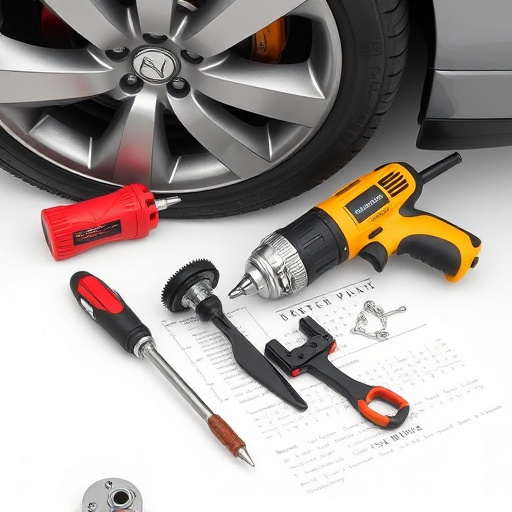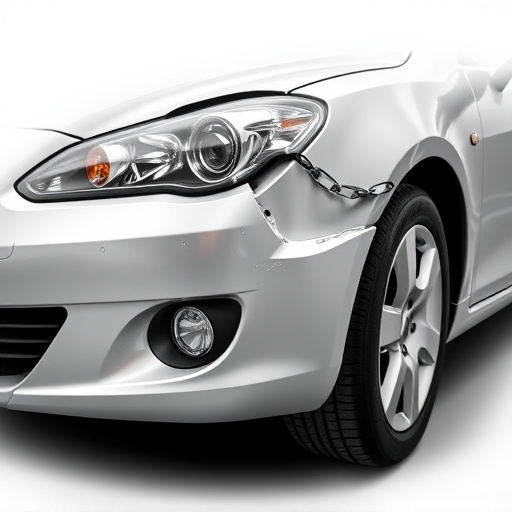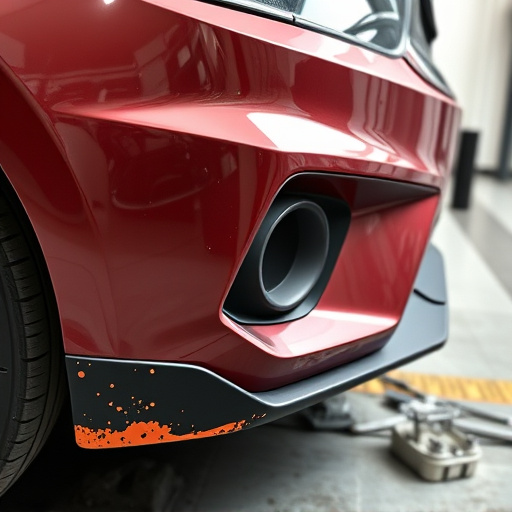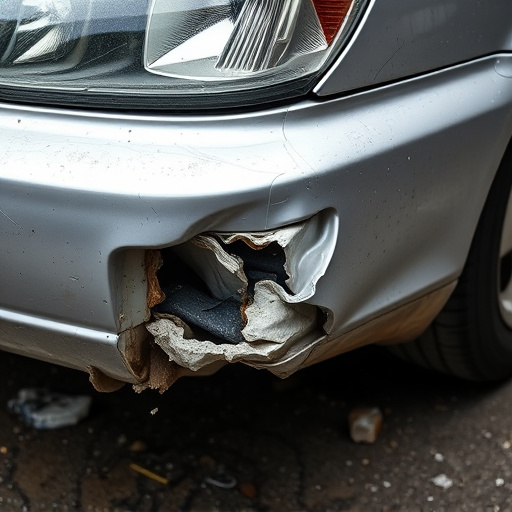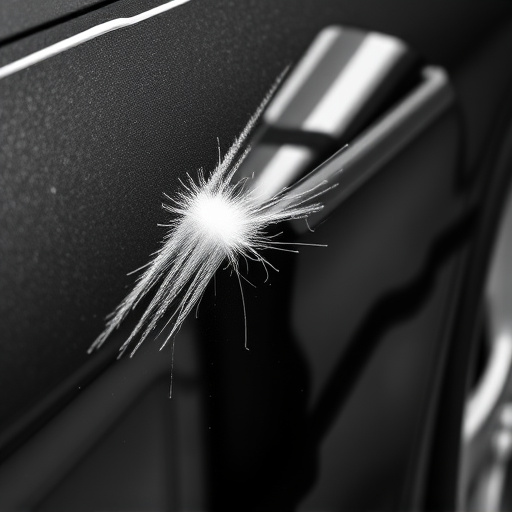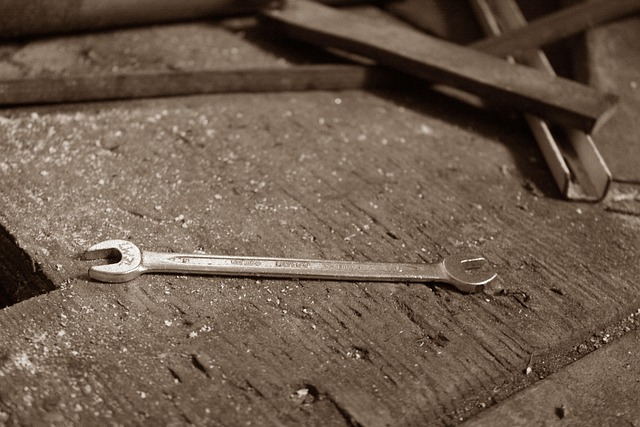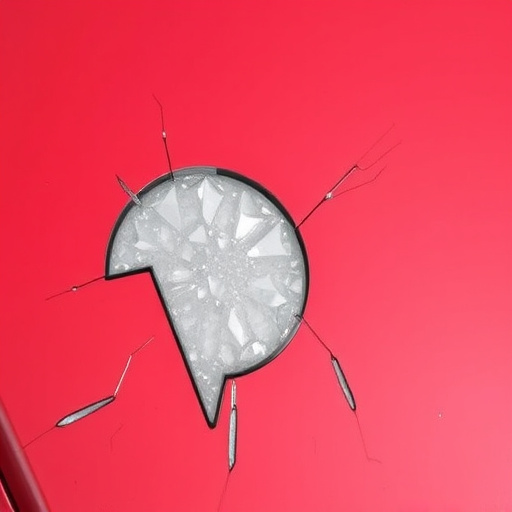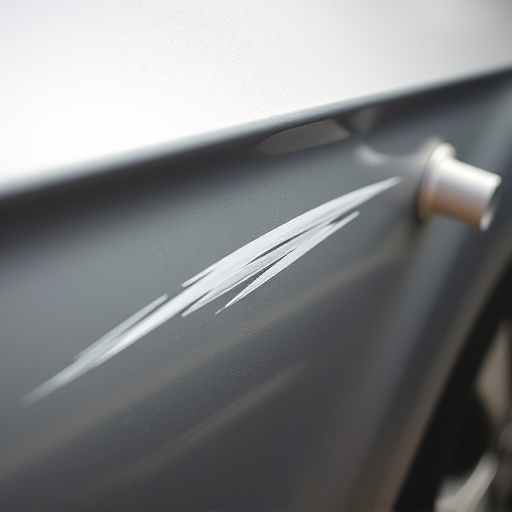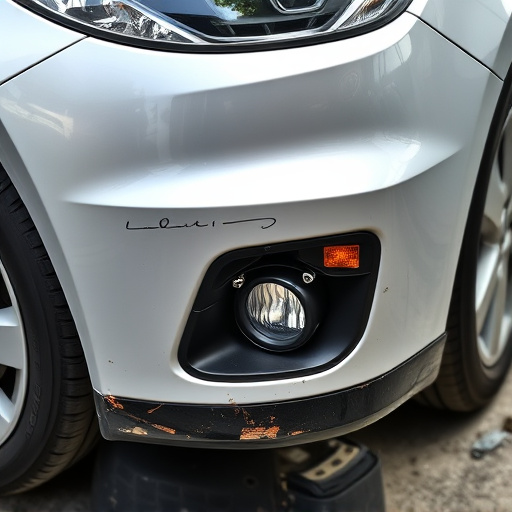Mercedes lane assist recalibration is vital for maintaining Advanced Driver Assistance Systems (ADAS) and radar functions, ensuring accurate perception of surroundings, enhancing safety features, and improving driving experience. Necessary after body or scratch repairs, and also to counteract weather, road surface changes, and potential accident damage. Regular calibration by fleet repair specialists offers seamless ADAS operation, better object detection, enhanced decision-making, and maintained vehicle bodywork integrity.
Mercedes Lane Assist Recalibration is a critical process that ensures the optimal performance of Advanced Driver Assistance Systems (ADAS). By calibrating these systems, manufacturers like Mercedes-Benz enhance safety and efficiency. This article explores the intricate world of Mercedes lane assist recalibration, its significance in ADAS functionality, and its profound impact on radar functions. Understanding this process is key to appreciating how modern vehicles maintain safe and efficient operations on the road.
- Understanding Mercedes Lane Assist Recalibration
- The Role of Calibration in Advanced Driver Assistance Systems (ADAS)
- Impact and Benefits for Radar Functions Efficiency
Understanding Mercedes Lane Assist Recalibration
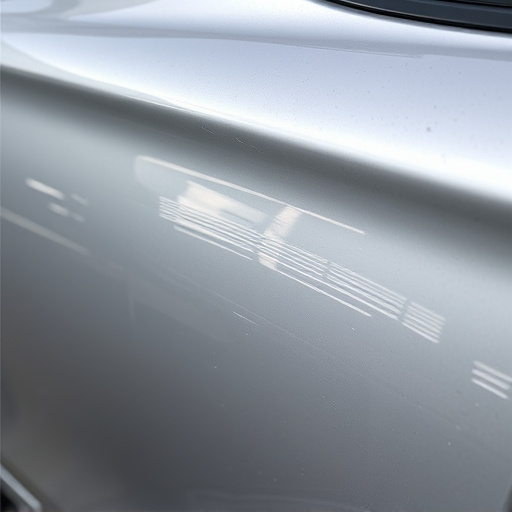
Mercedes Lane Assist Recalibration is a critical process that ensures the optimal performance of Advanced Driver Assistance Systems (ADAS) and radar functions within Mercedes-Benz vehicles. This recalibration involves adjusting the settings of various sensors and cameras that make up the vehicle’s safety network, allowing it to accurately perceive its surroundings and respond accordingly. It’s akin to giving your car a digital check-up to maintain its safety features at peak condition.
When a car undergoes certain repairs, particularly those involving the auto body or scratch repair, the delicate balance of sensors might be affected. This is where Mercedes lane assist recalibration comes into play. A reputable car repair shop will perform this service to ensure the vehicle’s radar functions and ADAS remain precise and reliable. It’s a crucial step in keeping your driving experience safe and secure on the road.
The Role of Calibration in Advanced Driver Assistance Systems (ADAS)
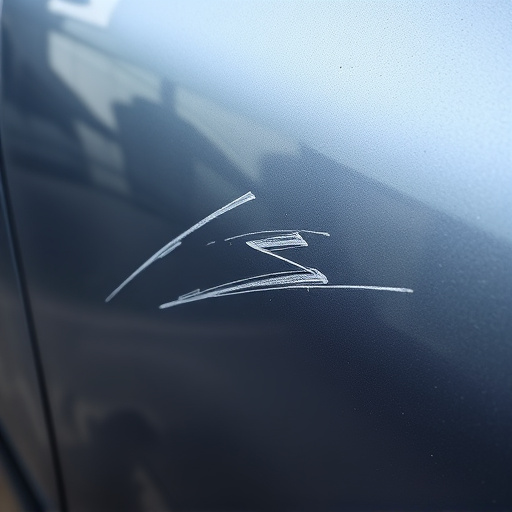
The Mercedes lane assist recalibration plays a pivotal role in ensuring the optimal performance of Advanced Driver Assistance Systems (ADAS). These systems rely on precise sensor calibration to detect and interpret their surroundings accurately, enabling features like adaptive cruise control, lane keeping assist, and collision avoidance. Regular or professional recalibration services help maintain these sensors’ accuracy over time, as factors like weather conditions, road surface variations, and even minor accidents can impact their functionality.
Just as a car’s paintwork requires touch-ups after a dent or scratch, ADAS sensors may need recalibration following damage or wear. Fleet repair services specializing in Mercedes vehicles offer lane assist recalibration as part of their comprehensive suite, ensuring that these advanced safety features function seamlessly, contributing to safer driving experiences for all road users.
Impact and Benefits for Radar Functions Efficiency
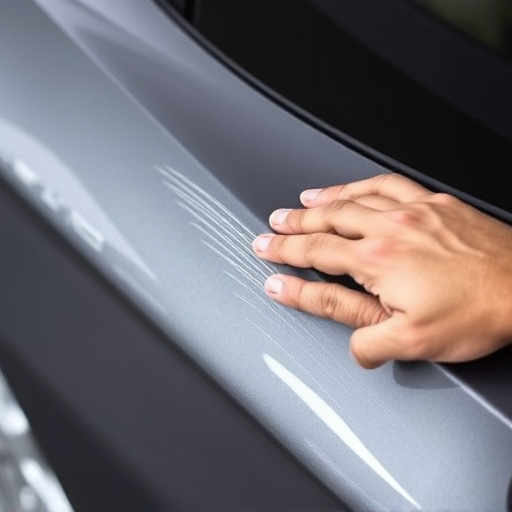
Mercedes lane assist recalibration plays a pivotal role in enhancing the efficiency and performance of radar functions within Advanced Driver Assistance Systems (ADAS). By recalibrating the system, engineers can optimize the radar’s ability to accurately detect and track objects on the road, including other vehicles, pedestrians, and obstacles. This is particularly crucial for ensuring safe and efficient driving, especially in dynamic traffic conditions.
The benefits are multifaceted; improved radar efficiency leads to more precise data input for ADAS algorithms, enabling better decision-making under various scenarios. For example, a recalibrated radar can more effectively monitor blind spots, predict potential hazards, and support functions like adaptive cruise control, lane keeping assist, and collision avoidance systems. Furthermore, regular recalibration helps maintain the integrity of the vehicle’s bodywork by ensuring sensors are free from debris or damage, facilitating seamless integration with other automotive repair and auto glass replacement processes for optimal overall performance.
Mercedes lane assist recalibration plays a pivotal role in maintaining the optimal performance of Advanced Driver Assistance Systems (ADAS) and radar functions. Regular recalibration ensures these systems operate with precision, enhancing safety and efficiency on the road. By addressing any drifts or inaccuracies, Mercedes owners can trust that their vehicles’ lane-keeping, adaptive cruise control, and collision avoidance features will function seamlessly, contributing to a safer driving experience.



